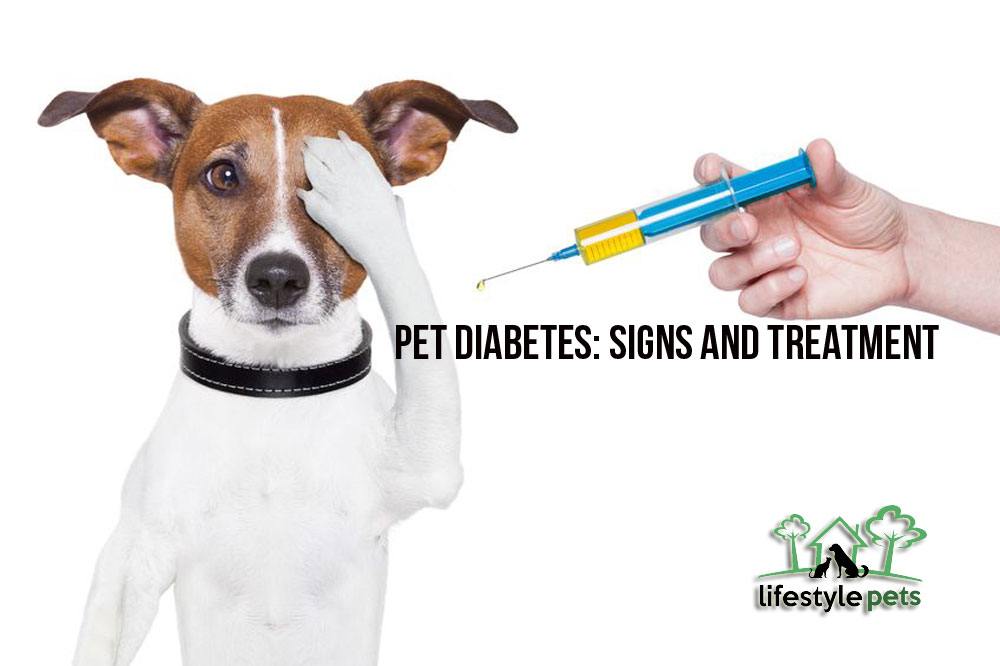
It appears that the number of cases of pet diabetes is on the rise. According to the University of Illinois College of Veterinary Medicine, from 2007 to 2012 there was a 32% increase in cases of canine diabetes. Pet diabetes happens when there is either a lack of insulin, or an inadequate response to insulin. Pet diabetes is a condition that often goes undetected. Here are some symptoms to watch for that may indicate your dog has diabetes.
Signs of Dogs with Diabetes
Does your dog appear to be constantly thirsty? An increased thirst is one sign of diabetes in dogs, as is increased urination. A change in your dog’s appetite is another. Weight loss, lethargy, dehydration, urinary tract infections, vomiting, chronic skin conditions, cataract formation and a sweet-smelling breath are other telltale signs of pet diabetes. If you see these signs and suspect your dog may have diabetes, have your veterinarian perform a physical examination, check their bloodwork, and perform a urinalysis.
Causes of Diabetes in a Dog
You may be wondering exactly what causes diabetes in dogs. According to WebMD, the exact cause is unknown. However, the following factors may predispose a dog to diabetes: autoimmune diseases, genetics, obesity, chronic pancreatitis, certain medications and abnormal protein deposits in the pancreas.
Specifically, female dogs and obese dogs are known to have a higher risk of developing diabetes in their later years, from 6 to 9 years of age. In addition to this, there are certain breeds of dogs that are more likely to get pet diabetes, including Australian terriers, standard and miniature schnauzers, dachshunds, poodles, keeshonds, samoyeds and golden retrievers.
Treatment for Pet Diabetes
In regards to how diabetes in pets is treated, it all depends on the severity of the case. Therapy for diabetes becomes something that is individually tailored to each dog. If the dog is seriously ill, he or she may need to be hospitalized for several days until their blood sugar is regulated. Dogs who show more stability may be prescribed an oral medication or a diet that is high in fiber that will help bring the dog’s glucose levels back to normal. In most cases, in order for insulin levels to be regulated properly, the dog will need insulin injections. If insulin shots are required, it is important to give your dog their insulin shot at the same time each day, along with feeding their meals at the same time every day. This will help to make sure your dog’s insulin levels remain stable.
Prevention of Diabetes in Pets
Logically, one may wonder if there is a way to prevent pet diabetes from happening in the first place. Unless it is inherited at a young age, diabetes in dogs is a condition that can be prevented by proper diet and regular exercise.
Concerned that your cat or dog might have diabetes? The Pet Diabetes Month website offers a free quiz to help determine if your pet is at risk. Take their quick diabetes assessment.


